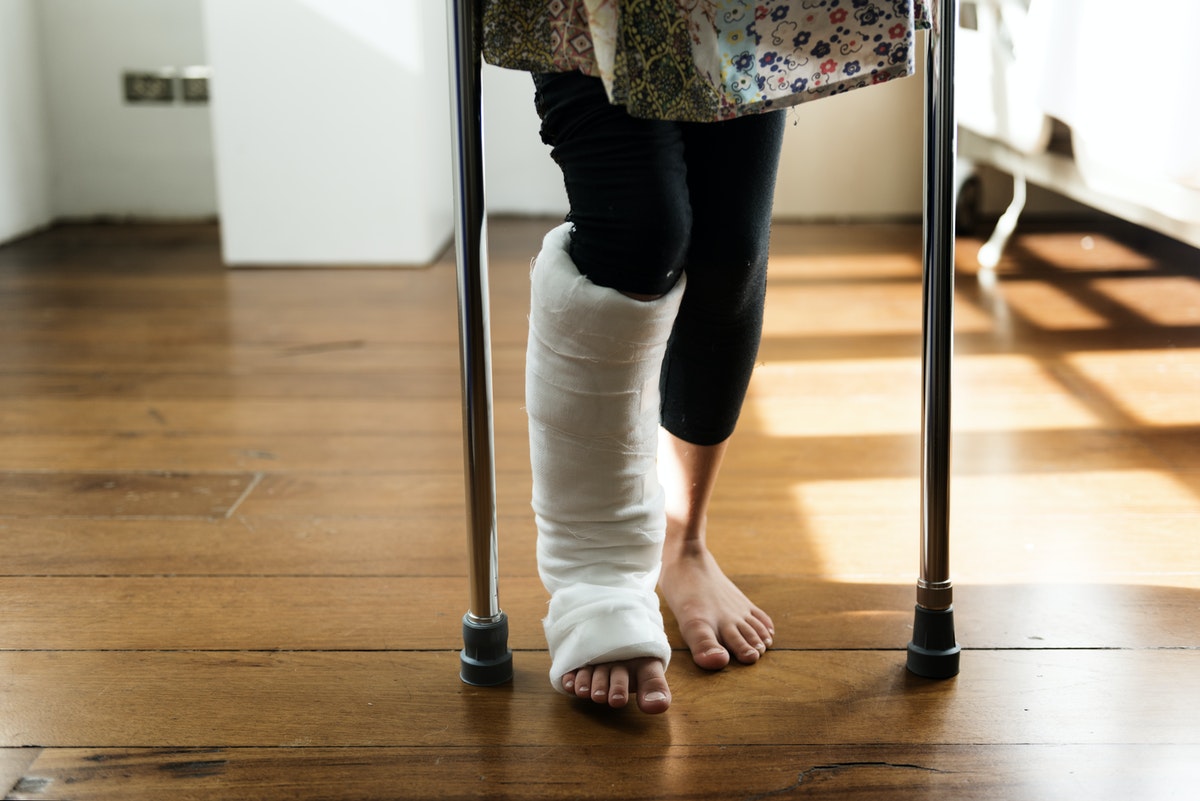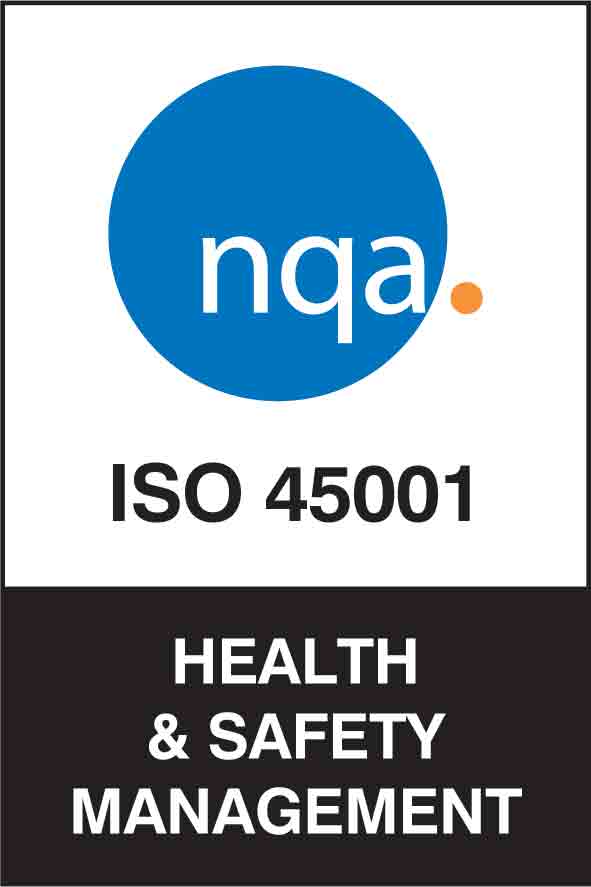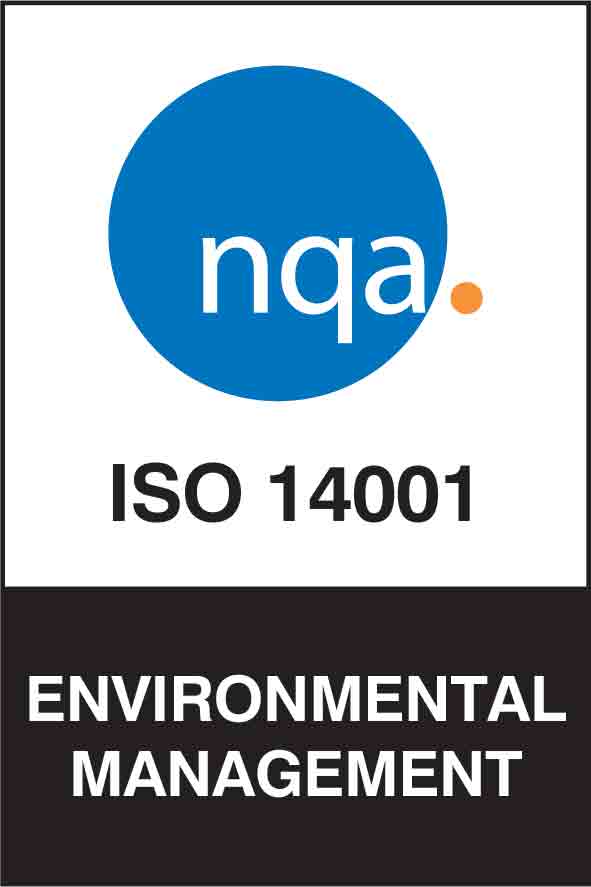BLOG
How good health and safety practices help reduce absence rates
Written on 22 June 2021

The workplace has a significant impact on workers’ health and wellbeing. From a missed trip hazard to excessive workload demands, poorly managed workplace health and safety is likely to lead to work-related injury, ill health and, in turn, high levels of sickness absence.
In fact, the Health and Safety Executive (HSE) estimates that in 2019/20, 38.8 million working days were lost due to non-fatal workplace injuries and work-related ill health.
Absence is a key business issue, not least because of the huge costs involved. Work days lost to injury and illness impact on productivity and service delivery, and valuable time and resources are lost in managing the situation. Even where replacement workers are found, the missing knowledge and experience of absent employees can leading to significant business disruption and a loss of morale amongst those workers left to pick up the slack.
HSE statistics reveal that in 2019/20, 693,000 workers were injured in workplace accident and 168,000 of these injuries resulted in absence of over seven says. A further 1.6 million suffered from work-related ill health (new or longstanding), compounding the problem.
Together, this resulted in a staggering 38.8 million working days lost. Aside from the obvious cost of business interruption, employers face added insurance, administrative and legal expenses, as well as sick pay payments. Staff morale and business reputation can also be badly affected. Little wonder then that in 2018/19, the combined cost of workplace injury and ill health to employers was estimated to be £3.2 billion.
Of course, health and safety and absence rates are inextricably linked; taking steps to prevent people being injured or made ill by work helps to keep absenteeism to a minimum. This is why overall health and safety wellness should be a top priority for all organisations and why, as an employer, you should strive to create a safe working environment in which employees don’t just survive but thrive.
Physical accidents
- Slips, trips or falls (29%)
- Handling, lifting or carrying (19%)
- Being struck by a moving object (11%)
- Acts of violence (9%)
- Falls from a height (8%)
Reducing these types of accidents is clearly a huge part of good health and safety management. Crucially, it’s important to make sure that your accident reduction efforts haven’t taken a back seat to your COVID controls. If they have, now is the time to reassess your environment and revisit your control measures, otherwise accident-related absences are likely to follow.
In preventing and reducing the risk of accidents, you should:
- Identify what work activities or situations might cause injury.
- Think about who could be at risk (particular care needs to be taken regarding vulnerable groups, such as young or pregnant workers).
- Decide how likely it is that someone could be exposed to risk.
- Remove the activity or situation or, where this isn’t possible, take “reasonably practicable” steps to reduce risk to a minimum.
Reporting and investigation of near misses is also critical to preventing accidents and subsequent absences. Encourage staff to report near misses so that you don’t miss opportunities to remedy dangerous conditions before they eventually transpire into actual harm.
In addition, make sure:
- Work equipment is inspected if your risk assessment identified significant major injury risk from its installation or use.
- All required checks have been done.
- People have the right PPE (remember, PPE should be a last resort after exhausting all other controls).
- Training is up to date.
Related Content
Do you need support?
Speak to us for an honest, no obligation chat on:
0345 226 8393 Lines are open 9am – 5pm
Musculoskeletal disorders
Musculoskeletal disorders or ‘MSDs’ – injuries or disorders of the muscles, nerves, tendons, joints, cartilage, and spinal discs that commonly manifest in the form of neck and back pain – accounted for the loss of 8.9 million working days in 2019/20. This means that, on average, suffers take around 18.4 days off – a considerable amount of time for any business to be a member of staff down.
MSDs are the second highest cause of ill health and days lost, having been superseded by stress, depression and anxiety in recent years. With so many employees now working remotely, there is an obvious increased risk of MSDs developing through improper home-office set-up. Sitting on the couch with a laptop on your knee may feel comfortable now but will likely lead to MSD problems later down the line.
It’s therefore essential that employers implement safety precautions in remote environments as well as in the office before it’s too late, as people who need to take time off due to back or neck problems may be absent for some considerable time, posing a real threat to business continuity, productivity and your bottom line.
Conducting a homeworker DSE assessment is your first line of defence against these kinds of absences, as this will enable you to evaluate the risks and identify whether any additional equipment may be needed to enable the employee to work safely.
Ultimately, investing in a more supportive chair, laptop riser or wrist rest will likely be far less expensive than the alternative: absences and less-productive staff. And by conducting homeworker DSE assessments, you can keep costs down by pinpointing exactly what equipment is required.
Like all aspects of health and safety management, proactivity is key. By making sure to provide DSE training, reminding staff how to report issues, and acting on any concerns immediately, you can reduce the probability of musculoskeletal disorders developing and protect against prolonged sickness absences.

Mental health
It’s not just physical injury that results in absenteeism. In fact, mental health problems are the single biggest cause of sickness absence.
The HSE estimates that stress, depression or anxiety accounted for 17.9 million days lost due to work-related ill health in 2019/20, with each of the 828,000 sufferers on average taking around 21.6 days off work. This compares to 6.3 million days lost due to physical injuries, making mental health arguably the bigger problem for employers to tackle.
Put another way, HSE statistics suggest that stress, depression and anxiety accounts for:
- 51% of all cases of new and long-standing work-related ill health.
- 55% of all working days lost due to work-related ill health.
However, the Mental Health Foundation says the true mental health absence figures are much higher. The foundation reports that a staggering 70 million UK working days are lost each year due to mental health problems, costing employers some £2.4 billion per year.
Employers and health and safety professionals like to be able to clearly identify those health issues that are caused by work and those that are not. However, with some common health issues such stress, depression and anxiety and even MSDs, this can be difficult to do. However, even if not the sole catalyst, work may exacerbate these conditions, so it is vitally important that your business does something about it.
Clearly, you can’t prevent every type of absence, such as acute medical conditions and injuries sustained outside of work. However, you should make sure work doesn’t become a contributing factor, for your sake and your employees’.
12 tips to reduce absence
A wide range of measures or interventions can be taken to reduce absenteeism, including@
- Having a clear, well-written policy detailing what’s expected of absent employees.
- Keeping employees motivated and engaged. Try specific morale-boosting/team-building measures.
- Good appraisal, target setting, support and supervision.
- Appropriate staff training.
- Occupational health/stress management programmes.
- Conducting return to work interviews to help identify potential future issues.
- Monitoring absence to detect trends and identify if there are certain patterns or individual habits worthy of intervention.
- Allowing flexible working (sickness absence rates reached a record low during the pandemic due to increased remote working).
- Rehabilitation/physiotherapy.
- General health screening.
- Health promotion initiatives (alcohol, diet, exercise, smoking, etc).
- Employee assistance programmes to help staff with personal or workplace issues that might be impacting their performance and/or wellbeing.
Tackle absences from all angles with our support
Facing a spike in absences, a particularly tricky case, or just want to make sure you have the right measures and policies in place?
Our combination of Employment Law, HR and Health & Safety support is the perfect solution. From on-site health and safety audits and award-winning risk management software to expert employment advice and absence management training, we can help you to proactively reduce the strain of absenteeism on your business, approach cases confidently, and avoid costly mistakes.
To find out how, call 0345 226 8393 or request your free consultation using the button below.
Sign up for the latest news & insights
Resources
Latest News & Insights

Do ADHD and autism qualify as a disability? | Understanding the Equality Act 2010 and new case law
BLOG Written on 14 July 2025 When an employee discloses that they have ADHD or autism, many employers find themselves asking: Is this classed as

Privacy vs practicality | Are you entitled to know the reason for an employee’s sickness absence?
BLOG Written on 14 July 2025 When an employee calls in sick, it’s natural for employers to want to understand the situation. However, questions around

Education | What school leaders need to know about September 2025 pay changes
BLOG Written on 9 July 2025 As we near the end of the summer term, headteachers, school business managers and senior Trust staff, along with

Employment Rights Bill Implementation Roadmap | Your quick guide to what’s coming when
BLOG Written on 4 July 2025 The Employment Law Bill promises the biggest shake-up of UK employment law in decades. Having recently cleared the Committee

Fewer lives lost | Key takeaways from the HSE’s 2024/25 fatal injury statistics
Blog Written on 3 July 2025 The Health and Safety Executive (HSE) has published its provisional fatal injury statistics for 2024/25, revealing a welcome decline

Candidate feedback | The secret superpower that can strengthen your recruitment process
BLOG Written by Danielle Fargnoli-Read on 25 June 2025 Let’s be honest – recruitment can be tough. You spend a lot of time writing job

New sentencing guidelines could see fines soar for very large organisations
BLOG Written on 23 June 2025 On 1 June 2025, the Sentencing Council introduced important amendments to its guidelines for health and safety, corporate manslaughter,

Don’t rely on AI | 5 areas where employers should exercise caution
BLOG Written by Amy Waters on 20 June 2025 Artificial Intelligence (AI) tools are transforming the way employers manage their operations, from streamlining recruitment to

Can employers lawfully demote employees?
BLOG When faced with performance or conduct issues, employers may look for alternatives to dismissal – one of which is demotion. This usually means reducing









